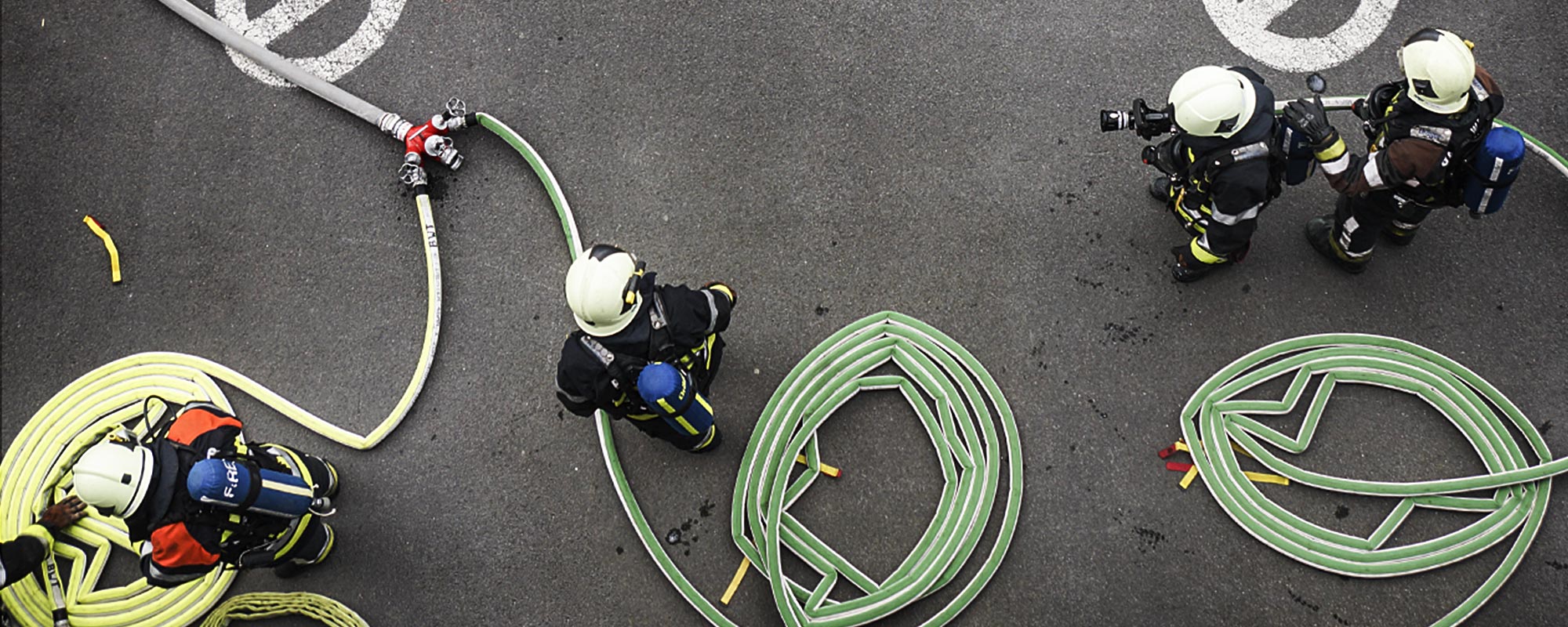Pretentious twaddle, you say? Nothing, of course, is free of mechanical wear, neither are our high-quality fire suits. The key question for Vidal is, however, wether the thermal protection stays intact after several years of intensive use. We've put it to the test!
In 2006, Vidal scooped the contract of the Belgian FPS Interior for the market of intervention clothing. After months and months of intensive testing, our suit has come out the winner with the best price/quality ratio. The past years we have delivered more than 20,000 suits to the Belgian brigades.
But how long does this intervention clothing last? A question with no easy answer. There are several factors that determine the life of a suit: intensity of use, the nature of the interventions, maintenance. Some brigades renew their intervention clothes after a certain period of time, others put off this important investment until the suits are completely worn.
Protection is the number one priority for Vidal. Consequently the most important question for us is wether the thermal protection stays intact after several years of use. We called back a few suits from the period 2006-2009 that had been used intensively for several years. By means of three tests the used suits were compared to the new ones.
- The DuPont Thermo-Man® test (simulation of a flash over on an instrumented dummy, ISO 13506): the suit is installed on an instrumented dummy with 122 sensors. For 8 seconds it is exposed to a fireball. The heat flux is 84kW/m2 and the temperature gets up to more than 800°C. The sensors measure for a minute how much heat passes through the suit. Specific software determines where and how badly the wearer of the suit would be burnt. The results were convincing: the used suits obtained a score that was in no way inferior to that of the new ones. The test results are presented side by side on the image below.

Download the thermoman results for these 2 suits
- Determination of the HTI (Heat Transfer Index): in this test the layers of the suit are exposed to an intensive heat flux of 80 kW/m2 as described in ISO 9151. The highest performance level (Xf2) of the EN 469 standard (for intervention clothing) demands an HTI24 value of more than 13 seconds. The HTI24 value correlates with second degree burns of the human skin. The test results amounted to more than 20 seconds, which is more than 50% above the standard.
- Determination of the RHTI (Radiant Heat Transfer Indexes): the fabrics were exposed to a radiant heat of 40 kw/m2. The results were excellent once more. The measured values exceeded the highest protection level (Xr2) according to the EN 469 by far.
Conclusion: after several years of intensive use, our suit still offers an excellent protection during interventions!
For more info: contact us.


